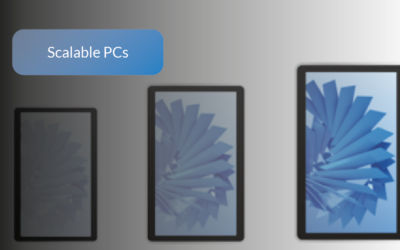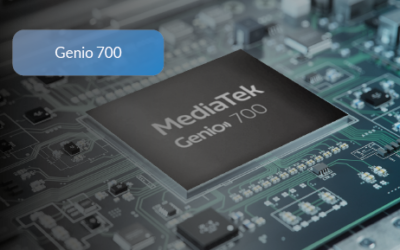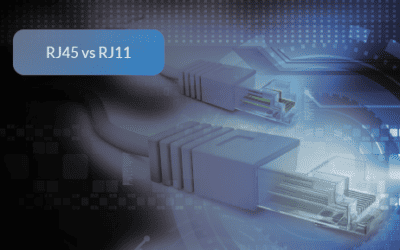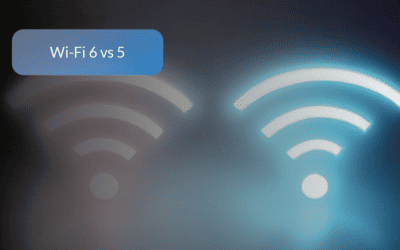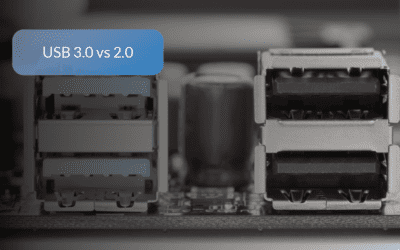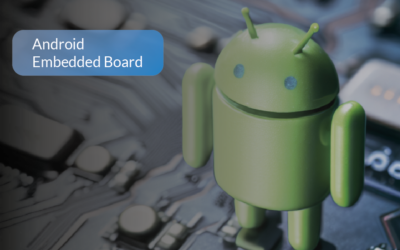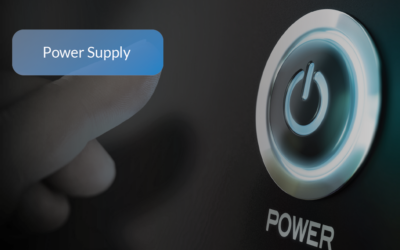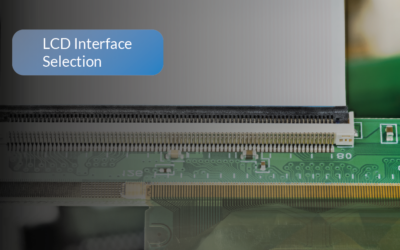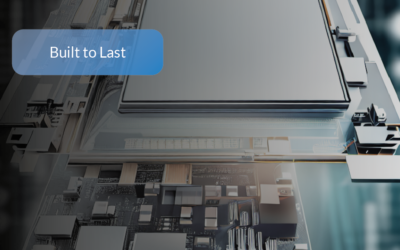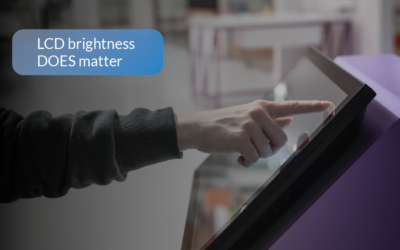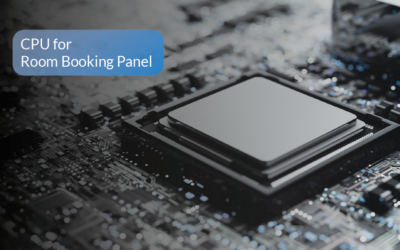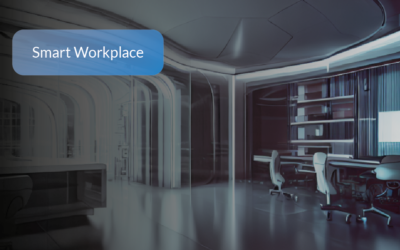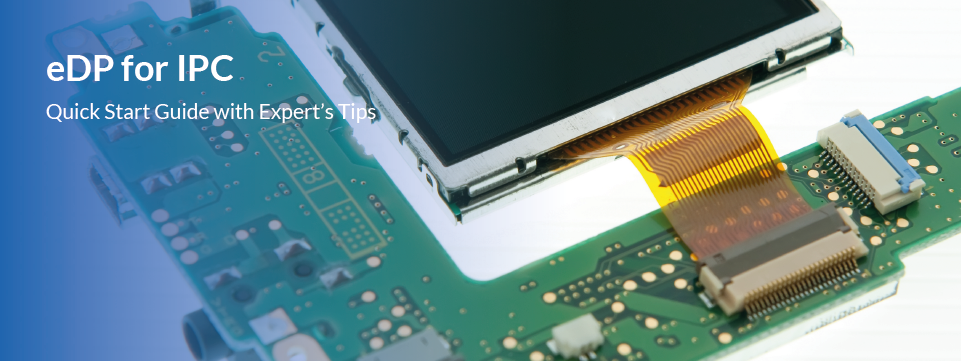
eDP Made Simple: Quick Start Guide with Expert’s Tips
Introduction to eDP
Welcome back to our Quick Start Guide series! In our previous installments, we delved into the world of MIPI, a high-speed interface crucial in mobile devices and small devices, and LVDS, ideal for larger device screens. Today, we’re exploring another key player in the technology landscape – eDP, or Embedded DisplayPort. This high-speed interface is particularly important in embedded systems, notebooks, and medium-sized device screens. But what exactly is eDP, and why is it important? Let’s dive in.
What is eDP?
eDP, or Embedded DisplayPort, is a high-speed interface standard designed by VESA (Video Electronics Standards Association). It is a type of DisplayPort that is specifically designed for embedded systems, such as laptops and other portable devices. eDP offers several advantages over older interface standards, including lower power consumption, higher resolution support, and advanced features like panel self-refresh (PSR).
When and Where to Use eDP?
eDP, or Embedded DisplayPort, is a high-speed interface standard designed by VESA (Video Electronics Standards Association). It is a type of DisplayPort that is specifically designed for embedded systems, such as laptops and other portable devices. eDP offers several advantages over older interface standards, including lower power consumption, higher resolution support, and advanced features like panel self-refresh (PSR). As a general rule of thumb when selecting an interface for Industrial PCs (IPC), eDP is generally suitable for medium-sized device screens when choosing display interface technologies.
Features and Benefits of eDP
eDP comes with a host of benefits that make it a top choice for display communication. Here are some key features:
- High-Speed Interface: eDP can signal data quickly, supporting high resolutions and frame rates. This makes it capable of handling a large amount of data and supporting high-speed applications such as video transmission.
- Low-Power Operation: eDP is designed for low power consumption, making it an energy-efficient choice for battery-powered devices.
- Advanced Features: eDP supports advanced features like panel self-refresh (PSR), which can further reduce power consumption by allowing the display to refresh itself without assistance from the CPU or GPU when the image is static.
Practical Insights
Optimizing eDP Interface for Quality Display When it comes to implementing eDP in your projects, there are a few practical tips to keep in mind:
- Cable Length: The ideal cable length for eDP to ensure quality display is 30 cm. Keeping the distance between the eDP transmitter and the receiver within this range can help maintain signal integrity and reduce potential interference.
- Signal Degradation: As with any type of data transmission, the signal quality can degrade over distance. This is due to factors like resistance, capacitance, and inductance within the cable. By keeping the cable length to a minimum, you can help to maintain the integrity of the signal and reduce potential interference.
- Electromagnetic Interference (EMI): Longer cables can act as an antenna, picking up electromagnetic interference from the environment. This can add noise to the signal, further degrading its quality. A shorter cable length reduces the risk of EMI.
- Signal Reflections: In high-speed data transmissions like eDP, signal reflections can become a significant issue with longer cables. These reflections occur when the signal encounters a change in impedance, such as at the connection between the cable and the receiver. The reflections can travel back along the cable and interfere with subsequent signals. By keeping the cable length to a minimum, you can help to reduce the impact of signal reflections.
- Power Loss: Longer cables can also lead to power loss due to the resistance of the cable. This can affect the voltage level at the receiver end, potentially causing issues with the display. A shorter cable length helps to minimize this power loss.Please note that the ideal cable length can vary depending on the specific application and environment. It’s always a good idea to test the system under actual operating conditions to determine the optimal cable length.
- Cable Quality: The quality of the cable is important to handle the voltage required by eDP. Using a high-quality cable can ensure stable voltage delivery, reducing the risk of display issues caused by voltage fluctuations.
- Material Quality: High-quality cables are often made of superior materials that can handle higher voltages without degradation or failure. This includes the conductive material (such as copper or silver) used for the signal lines, as well as the insulating material that surrounds them.
- Signal Integrity: High-quality cables are designed to maintain signal integrity over the length of the cable. This includes features like shielding to protect against electromagnetic interference, as well as controlled impedance to prevent signal reflections. Both of these factors can affect the voltage level at the receiver end, potentially causing display issues.
- Durability: High-quality cables are typically more durable and resistant to physical stress. This includes resistance to bending, twisting, and pulling, as well as resistance to environmental factors like temperature and humidity. A cable that fails physically can lead to voltage issues and other problems.
- Connector Quality: The quality of the connectors at each end of the cable can also affect the voltage handling capability. High-quality connectors provide a reliable, low-resistance connection to the transmitter and receiver, ensuring that the voltage level is maintained.
- Safety: High-quality cables are more likely to have adequate insulation and other safety features to prevent short circuits, electrical shocks, or other hazards that could occur if the cable is unable to handle the voltage.
Conclusion
eDP is a powerful interface technology that’s shaping the future of display communication. By implementing the expert’s tips from this article, you can ensure that your eDP signals will deliver high-quality display performance. With its high-speed capabilities, low-power operation, and advanced features, it’s no wonder eDP is becoming a popular choice in the tech industry, especially for embedded systems and portable devices. Stay tuned for our next Quick Start Guide, where we’ll explore another key interface technology: LVDS.
For more detailed information on how eDP compares with other interface technologies like MIPI and LVDS, check out our comprehensive comparison article – MIPI vs. eDP vs. LVDS.
Transform Your Operations with Scalable Panel PCs
Transform Your Operations with Scalable Panel PCs Industrial PCs have become a cornerstone of modern industrial operations, offering robust and reliable solutions for a variety of applications. However, as industries evolve and requirements become more complex, the...
Driving IoT Innovation with LV-Tron and MediaTek Genio 700 (MT8390)
Driving IoT Innovation with LV-Tron and MediaTek Genio 700 (MT8390) As we continue to embrace the digital age, the Internet of Things (IoT) has become a significant part of our daily lives, with an estimated number of connected devices projected to exceed 75 billion...
The Benefits of Purpose-Built Visitor Management System Kiosks
The Benefits of Purpose-Built Visitor Management System Kiosks Visitor Management System Kiosks are self-service kiosks that allow visitors to check-in, register, and obtain a badge for entry into a facility. In recent years, the need for enhanced security and safety...
RJ45 vs RJ11: Decoding the Mystery of the Fast Connections
RJ45 vs RJ11: Decoding the Mystery of the Fast Connections In our interconnected universe, sluggish network speeds cause frustration and anxiety. Understanding RJ45 and RJ11 connectors is essential for networking and telecom applications. Making a common...
Wi-Fi 6 vs Wi-Fi 5: In-Depth Analysis for Industrial PC Applications
Wi-Fi 6 vs Wi-Fi 5: In-Depth Analysis for Industrial PC Applications With increasing demands for IoT (Internet of Things) devices and industrial PCs, selecting an ideal wireless standard for connectivity becomes more of a critical decision than ever. Here, we present...
USB 3.0 vs 2.0: Which One to Use for Industrial Applications?
USB 3.0 vs 2.0: Which One is Best for Optimized Performance and Cost-Effectiveness? Finding a balance between performance and cost when selecting USB 3.0 and 2.0 for industrial projects is essential. Since its debut in 1996, USB technology has advanced greatly; more...
Selecting the Best Smart Signboard for Capturing Maximum Attention
Discover the essential factors to consider when selecting the perfect smart signboard for your business or project. Learn how to capture maximum attention with the right combination of purpose, size, display quality, connectivity, compatibility, durability, and maintenance. Follow our comprehensive guide to make an informed decision and achieve success with your smart signboard investment.
The Most Flexible and Scalable Android Embedded Board for Your Projects
Choosing the right Android embedded board is crucial for the success of your IoT project. With so many options available, it can be overwhelming to determine which board is best suited for your project. LV-Tron’s Android embedded board options offer a range of advantages, including cost and performance considerations, scalability and flexibility, quick development time, and exclusive features such as hardened Android operating systems and remote device management apps. With LV-Tron’s expertise in the latest technologies and industry trends, you can be confident that our Android embedded board options will meet your project requirements
Choosing the Right Industrial PC Power Supply: Embedded, External, or PoE?
Choosing the Right Industrial PC Power Supply: Embedded, External, or PoE When it comes to powering industrial PCs, three primary options exist embedded power supplies, external power supplies and Power over Ethernet (PoE). Embedded power supplies are built into the...
MIPI, eDP and LVDS: How to choose the right LCD Interfaces for Industrial PCs
Selecting the appropriate display interface technology is crucial for industrial PCs to ensure optimal functionality and high-quality display performance. In this article, we will discuss the features and benefits of MIPI, eDP, and LVDS technologies, all popular LCD interfaces used in industrial PCs. Understanding the differences between these technologies can help you choose the right one for your specific needs and requirements.
Best LCD Types for IPC: TN, IPS, and VA Compared
LCD displays are the most commonly used display technology in industrial PCs due to their durability, versatility, and cost-effectiveness. In this article, we explore the three main types of LCD displays: TN, IPS, and VA, and their benefits for industrial PC applications. We discuss the strengths and weaknesses of each display type, and provide insights on choosing the right display type for your industrial PC. From considering the specific requirements of your application to assessing the environmental conditions in which your industrial PC will operate, we cover all the essential factors to help you make an informed decision. Whether you’re looking for high image quality for graphic design or need accurate color representation for medical imaging, this article will provide you with the knowledge to select the right display technology for your industrial PC needs.
How LV-Tron’s Industrial-Grade Room Booking Panels are Built for Reliability
LV-Tron’s industrial-grade room booking panels are designed to withstand harsh environments and heavy usage. They are built with high-quality industrial-grade components, secure mounting options, and offer software-level security measures. The panels are fanless, shock/vibration resistant, and undergo rigorous quality testing to meet industrial-grade standards for both hardware and firmware. With these features, LV-Tron’s room booking panels provide a reliable and durable solution for any space.
How High-Brightness LCD Displays Can Benefit Your Self-Service Kiosks
Learn why LCD brightness is crucial for your self-service kiosks. Explore the benefits of high-brightness LCD displays and factors to consider when choosing the optimal brightness level.
Choosing the Right CPU Platform for Your Room Booking Panel: Advice from Industrial PC Experts
Choosing the right CPU platform is crucial for optimal performance of your room booking panel. Learn about NXP, MediaTek, and Rockchip CPU options, their benefits and things to consider, and factors to keep in mind when choosing a CPU for your room booking app. LV-Tron, with over 20 years of experience in industrial computers, offers expert guidance and evaluation to help you find the most effective, cost-saving, and future-proof solution for your needs.
Empowering the Future of Smart Workplaces with LV-Tron’s Hardware
LV-Tron’s IoT hardware provides the foundation for the smart workplaces of the future. Learn how meeting room management, on-demand energy consumption, flexible working, and commitment to security can empower your business.

